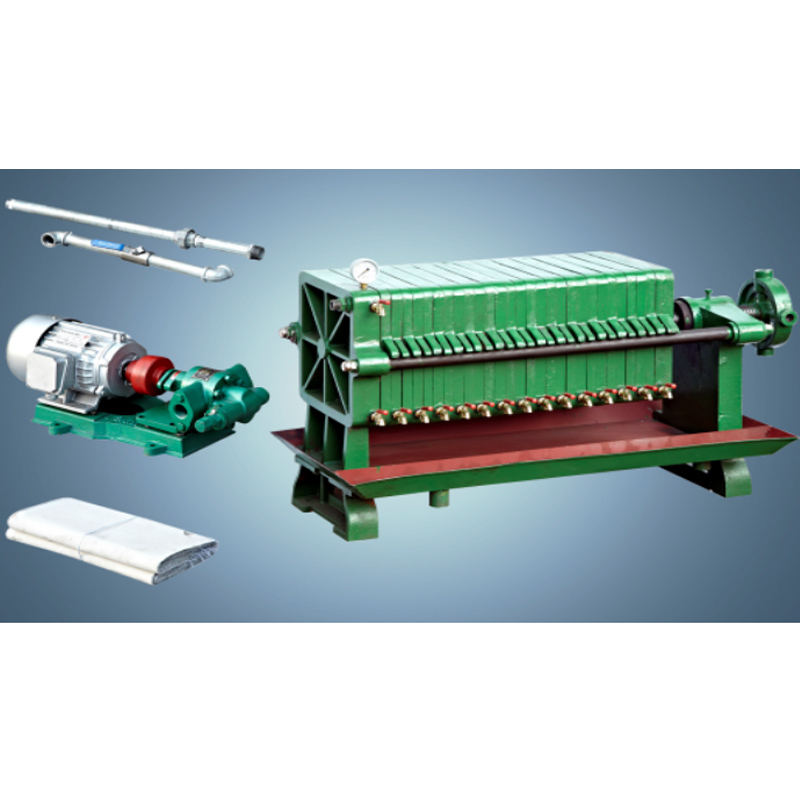Oct . 19, 2025 11:35 Back to list
Safflower Oil Press Service—Fast Setup, OEM & 24/7 Support
Press Filter realities for safflower oil press service: what operators actually learn on site
If you’ve ever stood beside a humming expeller at 2 a.m., you know the difference between theory and throughput. In safflower specifically, waxes and fine hull dust can make or break a shift. That’s why the humble Press Filter—built in Dingzhou City, Hebei Province, China—keeps showing up in plant upgrade lists. It’s simple, robust, and (to be honest) the unsung hero that turns “murky” into “marketable.”
Where the Press Filter fits in the flow
- Materials: cleaned safflower seed (≈6–8% moisture), sometimes pre-pressed cake; process water for cloth washing.
- Methods: hot or cold pressing → crude oil holding → Press Filter clarification → winterization/bleaching (optional) → polishing filter → storage.
- Testing standards in-line: AOCS Ca 3a-46 (moisture/volatiles), AOCS Cd 8-53 (peroxide value), quick gravimetric insolubles.
- Industries: edible oil refineries, specialty cold-press workshops, cosmetics (high-linoleic safflower), feed by-product lines.
- Service life: plate/cloth assemblies typically 5–8 years with routine cloth rotation; frames often run 10+ years in real plants.

What operators care about (and say)
Many customers say their biggest surprise wasn’t capacity—it was cake dryness. Drier cakes mean easier handling and less mess (and yes, better solvent or thermal efficiency downstream if you go that route). In fact, a well-tuned Press Filter can drop visible insolubles to below 0.1% w/w in the filtrate, which keeps polishing filters from clogging. Actually, that’s where most savings hide.
Technical specs at a glance (real-world may vary)
| Parameter | Typical Value (≈) | Notes |
|---|---|---|
| Filtration area | 10–120 m² | Scaled to press output |
| Plate size / material | 630–1250 mm / PP or cast iron | Food-contact PP common |
| Working pressure | 0.4–1.6 MPa | Hydraulic closing |
| Max temperature | ≤ 95 °C | Depends on cloth choice |
| Filtrate insolubles | ≤ 0.1% w/w | Pre-press quality dependent |
| Cake moisture | 25–35% | Safflower wax content affects |
| Throughput | 0.8–8 t/h oil | Based on chamber volume |
Customization that actually matters
- Cloth selection: 1–10 μm nominal; different weaves for cold vs hot press oil.
- Plate material: food-grade PP for edible lines; stainless steel manifolds for hygiene.
- Automation: drip trays, cloth shaking, PLC + pressure/ΔP alarms, CIP spray bars.
- Compliance: ISO 9001 QMS, CE Machinery Directive; food-contact declarations where required.
Vendor snapshot (why Dingzhou keeps popping up)
| Vendor | Origin | Lead time (≈) | Certifications | Strengths / Notes |
|---|---|---|---|---|
| Press Filter (OilMillChina) | Dingzhou, Hebei, China | 4–8 weeks | ISO 9001, CE (vendor-declared) | Value, parts availability, edible oil focus |
| Local integrator | Regional | 2–6 weeks | Varies | Fast service; spec clarity needed |
| EU brand | Europe | 8–16 weeks | CE, ATEX options | Premium features; higher capex |
Case notes from the field
safflower oil press service for a mid-size edible oil plant: swapping a clogged bag filter train for a hydraulic Press Filter cut polishing filter changes by ≈60% and brought filtrate insolubles under 0.1% in two weeks. Operators liked the cloth shaking add-on—less manual scraping.
In a cosmetics-grade line, a cold-press setup added finer cloth (≈3 μm) and PLC ΔP alarms. Peroxide values stayed stable (AOCS Cd 8-53), and winterization time shortened by ≈15% thanks to lower wax load, according to the client’s lab log.
Advantages you feel in daily ops
- Protects downstream polishers and heat exchangers, fewer shutdowns.
- Dry cakes are easy to dispose of (or valorize), cleaner floor, happier crew.
- Simple hydraulics; maintenance is predictable and spare-friendly.
- Scales from pilot to multi-ton lines without drama.
If you’re scoping a safflower oil press service package, ask vendors for a short trial: send crude oil samples, target insolubles (e.g., ≤0.1%), operating temp, and preferred cloth micron rating. Good suppliers will map settings to your seed variety and seasonality.
References and standards
- Codex Alimentarius, Standard for Named Vegetable Oils (CXS 210-1999).
- AOCS Official Methods: Ca 3a-46 (Moisture/Volatiles), Cd 8-53 (Peroxide Value).
- ISO 9001:2015 Quality management systems — Requirements.
- EU Machinery Directive 2006/42/EC (CE conformity for machinery).
-
Manual Oil Press Machine: Sustainable Oil Extraction for Global Communities | Buy & Learn More
NewsNov.19,2025
-
Efficient Peanut Oil Machine Solutions for Sustainable Oil Extraction
NewsNov.19,2025
-
Essential Oil Extraction Machine: Unlocking Quality & Sustainability in Oil Production
NewsNov.18,2025
-
Latest Oil Expeller – Efficient & Sustainable Oil Extraction Machines
NewsNov.18,2025
-
Manual Oil Press – Affordable, Sustainable Oil Extraction Tools for Communities and Businesses
NewsNov.17,2025
-
Canola Oil Plant: Comprehensive Guide to Processing, Technology, and Global Impact
NewsNov.17,2025
